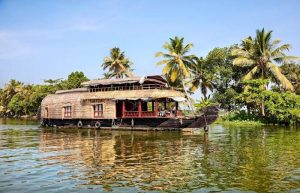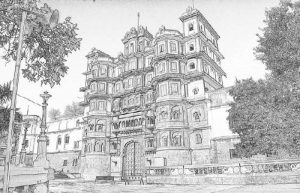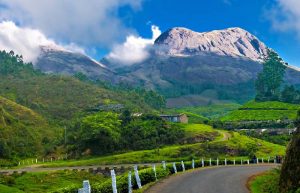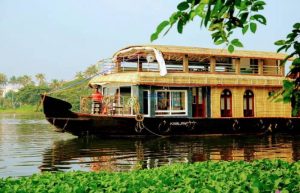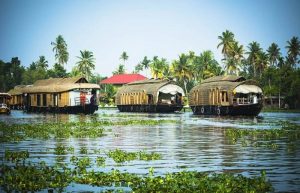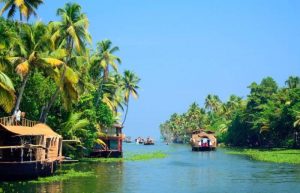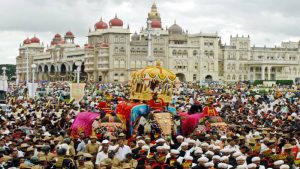Cochin

Heralded as the “Queen of the Arabian Sea”, Kochi or Cochin was an important spice trading center as early as the 14thcentury. Located on India’s south western coast, Kochi straddles quaint backwaters and encompasses the northern end of a peninsula with several islands and a portion of the mainland. Although many of these geographic features are connected by various bridges, one of the more fascinating features of the area is the reliance on the many waterways for transportation. Hundreds of small crafts ferry residents and trade goods throughout the periphery of the city on a daily basis. Travelers will find the water-bound transport and the proximity to a jungle environment novel features of this exquisitely beautiful area. Early settlements from the Portuguese and British, from which the alternate name of Cochin came, made the region one of the earliest colonized areas in India and thus added to the abundance of local handcrafts, clothing and foods that contribute to its charm. below is given famous tourist places to visit in Cochin.
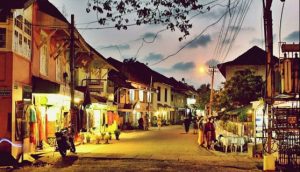
Fort Kochi:
Now more a neighborhood of town than an actual fort, this area is a fascinating collection of old buildings built over the past 600 years and showing a myriad of styles from the influences of various settlers and international visitors. Many of the buildings show signs of the Portuguese influence from the 16th century when an actual fort previously protected the valuable harbor entrance. If nothing more than an intriguing place to wander the streets, Fort Kochi can easily fill up a lazy afternoon with relaxing strolls through the narrow cobblestone streets.
Chinese fishing nets:
One of the most iconic images of this area is that of the tall spider-like fishing nets. Lining the banks of the channel out to the Arabian Sea, these ancient styled structures always beg for a stunning photo opportunity in the light of the distant setting sun. Originally built by the Chinese when they arrived in the 14thcentury, they can be seen gracefully tipping back and forth with large nets strung between their spindly arms.
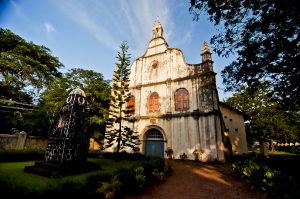
Saint Francis Church:
the Saint Francis Church was constructed in 1503, this is the oldest European church in Kerala and holds great historical significance for the area. Vasco da Gama, the famous Portuguese explorer, discovered the sea route from Europe and landed on the shores of India in 1498. With permission from the Raja of Cochin, the Portuguese built a fort at Kochi as well as a wooden church which was dedicated to St. Bartholomew.
The Santa Cruz Cathedral Basilica:
Also one of the oldest churches in Kochi and in all of India, it is one of the eight Basilicas in the country. Built by the Portuguese in the Gothic style, this church is one of the finest and most impressive churches in India. It possesses great historic significance and is endowed with architectural and artistic grandeur.
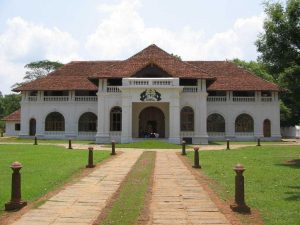
Mattancherry Palace:
Also known as the Dutch Palace, this ordinary structure does not, on first glance, appear to be worthy of the designation of a palace. However, within its humble walls lies an impressive collection of mythological murals executed in the best traditions of Hindu temple art. The murals have been painted in rich warm tempura colors depicting scenes from the epic stories of the Ramayana and Mahabharata legends. The king’s bedchamber is noteworthy with its low wooden ceiling and its walls covered with about 48 paintings dating back to the 16th century.
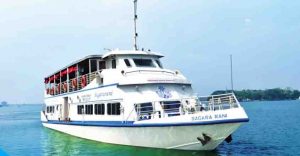
Boat cruises:
Kochi is spread out around Vembanad Lake, which is more accurately the convergence of many outflowing channels than a true lake. But this proximity allows many opportunities for boat cruises of various types, varying from small private trips all the way up to large party tours. The harbor does serve as a shipyard for the region but it doesn’t take long to get far enough upstream to see the local fishing fleets bringing in the day’s catch as well as the world famous Chinese fishing nets at the harbor’s entrance.

Kathakali Dance:
This highly stylised classical Indian dance and drama from the 16thcentury is noted for the stylise make up of characters, complicated costumes, detailed gestures and well-defined body movements presented in precise synchronization with music and percussion. Although traditional performances can last all night until dawn, most Kathakali dance performances are staged as an introduction for foreign visitors where guests are invited to attend a pre-show demonstration to observe the precise application of the intricate patterns of make-up for the actual characters, followed by a brief performance.
 +91-9968737942
+91-9968737942 





